 Carter Horsley
Carter HorsleyDec 23, 2011
Carter's Review
This very handsome, large, brown-brick building at 1220 Park Avenue on the northwest corner at 95th Street is one of the more prominent and impressive apartment buildings on the avenue.
The 18-story building was developed by Joseph Paterno in 1930 and has 55 apartments including some duplexes.
It was designed by Rosario Candela, who is widely considered to have been the country's greatest designer of luxury apartment buildings and he collaborated with many of the city's most famous architectural firms. See the CityRealty.com entry for 1192 Park Avenue for more information about Candela, and below.
Located in the desirable Carnegie Hill neighborhood, it was erected as a cooperative.
The deep side-street façade, which has several terraces and a setback at its western end, overlooks the Hunter College High School building.
The school was designed to recall the castle/fortress architecture of the Squadron A Armory building that formerly occupied the site and part of whose façade remains standing on Madison Avenue in front of the school's very large playground in the middle of the block.
Bottom Line
Grand and spacious layouts in a monumental red-brick pile of luxury with a lovely watertank promontory in Carnegie Hill.
Description
It has a very attractive and highly visible rooftop watertank enclosure.
The building has a three-story limestone base with granite footing topped by a bandcourse with rosettes.
It has a one-step-up canopied entrance topped by a scrollwork cartouche. There are also two “secondary” entrances, without canopies, set in deep arches that are framed by columns with rosette-decorated Doric capitals that support a cornice of triglyphs and raised disks, according to the Carnegie Hill Architectural Guide published by Carnegie Hill Neighbors. It added that “second-story windows directly above have balconettes and form a unit with the doors below.”
There is a bandcourse above the third floor and another above the fourth floor. On the fifth floor, there are three handsome, balustrade window surrounds on the avenue and two on the side-street.
There are stringcourses above the 6th and 12th floors and a large center balcony on the 9th floor and some smaller balconies on the 12th floor.
Terraces are stepped and partially angled starting at the 14th floor.
The 16th floor has a very large window with a large balcony at the south corner on the avenue and four small balconies at the east corner on the sidestreet.
The 18th floor has some arched windows with shared balconies and broad terracotta rustication at the corner and set a bit in from the other edges with a broad balustrated bandcourse above topped with large neo-Classical urns around the base of the asymmetrically placed and very handsome watertank enclosure.
The guide notes that the watertank enclosure “has pedimented openings within arches with scrolled keystones, all capped with a modillioned cornice.”
Much of the building's upper masonry on the side-street is mismatched and the building has both some protruding and some discrete air-conditioners and no sidewalk landscaping but a handsome lobby.
Amenities
The building has a doorman, a live-in superintendent, a gym and storage. Pets are allowed.
Apartments
Apartment 13B is a four-bedroom unit that has a 23-foot-long entry foyer that leads to a 27-foot-long living room with fireplace, an 18-foot-long library with fireplace and a 21-foot-long dining room next to an 8-foot-long pantry and a 16-foot-wide kitchen, an 11-foot-wide breakfast room/office, a 13-foot-long laundry, a 13-foot-long dark room, and a 16-foot-long office.
Apartment 11B is a four-bedroom unit with a 23-foot-long entry foyer that leads to a 18-foot-long library with fireplace, a 27-foot-long living room with fireplace and a 22-foot-long dining room next to a long pantry and a 16-foot-long kitchen, a breakfast room, a laundry and a 16-foot-wide family room.
Apartment 6A is a four-bedroom unit with a 27-foot-long entrance gallery that leads to a 29-foot-long living room with a wood-burning fireplace and a 15-foot-long dining area and a 15-foot-long den/library next to a 20-foot-long eat-in kitchen and a 9-foot-long laundry.
Apartment 5A is a two-bedroom unit that has a 27-foot-long entrance gallery that leads to a 29-foot-long living room with a fireplace and a 20-foot-long library in one direction and a 23-foot-long dining room in the other that is next to a 19-foot-long kitchen, a 13-foot-long laundry and two staff rooms.
Apartment 2C is a three-bedroom unit with a 15-foot-long entrance gallery that leads to a 27-foot-long living room with a wood-burning fireplace and a 19-foot-long dining room next to a 14-foot-long breakfast room, an 18-foot-long kitchen and a 15-foot-long butler’s pantry.
History
In his September 11, 1988 “Streetscapes” column in The New York Times, Christopher Gray wrote that Candela’s “combination of inventive exteriors and spacious interiors make such modern ‘luxury’ apartment houses as Museum Tower and Trump Tower seem almost impoverished by comparison.”
“Until 1927, he had a successful, but not brilliant career, designing tall apartment houses, with more than 25 on Riverside Drive and West End, Fifth and Park Avenues to his credit. The only one of this group that approached great luxury, however, was 775 Park Avenue of 1926, with an unusual mix of maisonettes, simplexes and duplexes. This apartment house, built for Michael Paterno, had a minimum of two closets per bedroom, fireplaces in almost every library and dining room, a wine cellar opening off the dining room, and 650-square foot living rooms.”
“Although luxurious inside, these earlier buildings had exteriors that were fairly sedate, great limestone boxes with flat tops. In 1929, that configuration changed within a new multiple dwelling law came into effect, permitting apartments to go higher than previously permitted, if the upper floors were gradually set back. Candela, already distinguished for designing the most luxurious interiors in the city, was now also able to develop a new skyscraper esthetic for the exterior. His buildings at 1040 Fifth Avenue and 720 and 1220 Park Avenue are of this type, but his most successful works include the Tudor-Elizabethan 133 East 80th Street, the modernistic 740 Park Avenue and the Renaissance-Georgian style buildings at 770 and 778 Park Avenue. These buildings have the most skillfully done skyline profiles for single tower apartment houses in the city.
Location
There are many private schools in this neighborhood as well as many cultural and religious institutions.
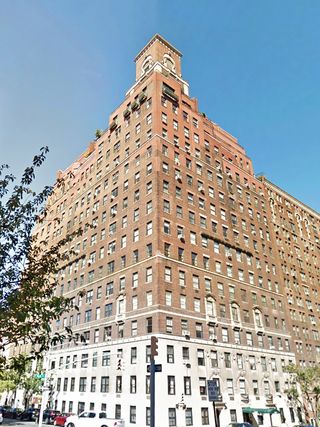
- Co-op built in 1930
- 3 apartments currently for sale ($3.95M to $5.495M)
- Located in Carnegie Hill
- 55 total apartments 55 total apartments
- 10 recent sales ($3.3M to $13M)
- Doorman
- Pets Allowed
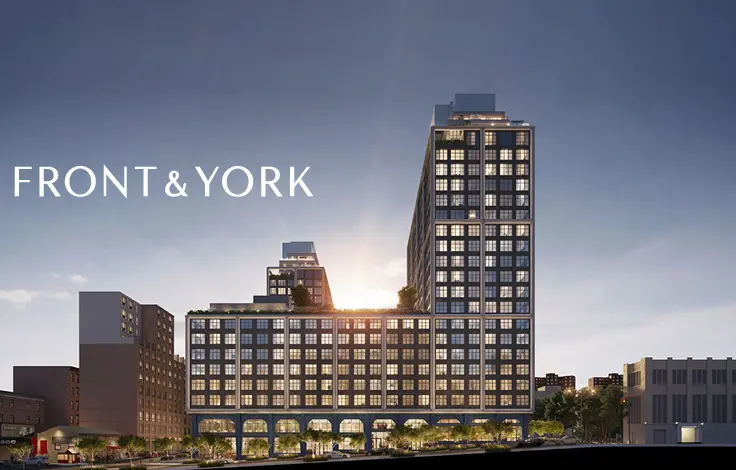
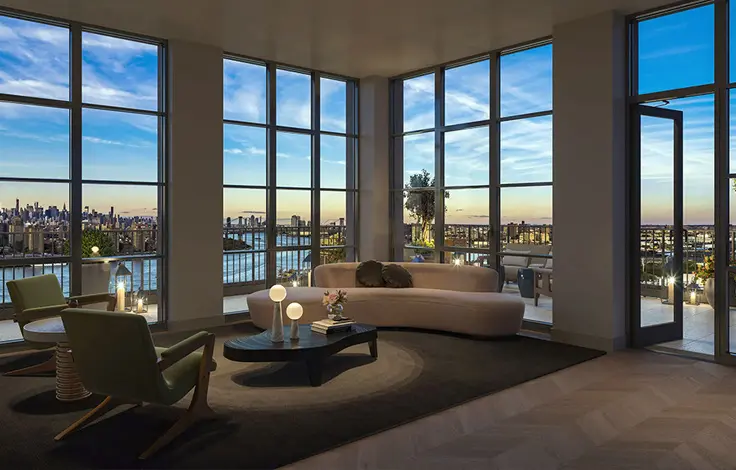

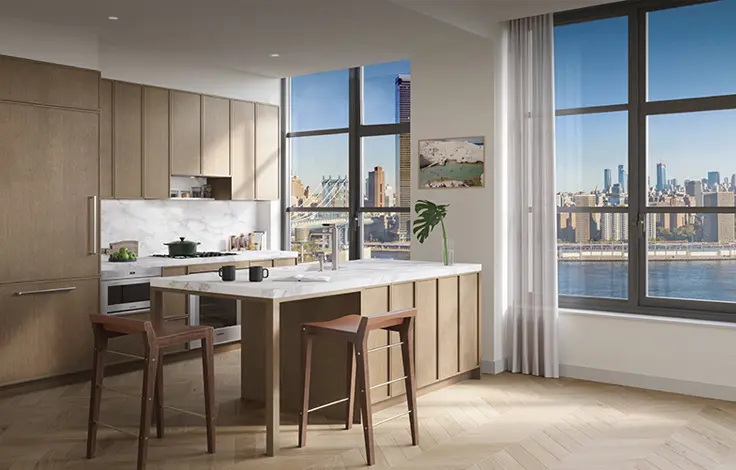
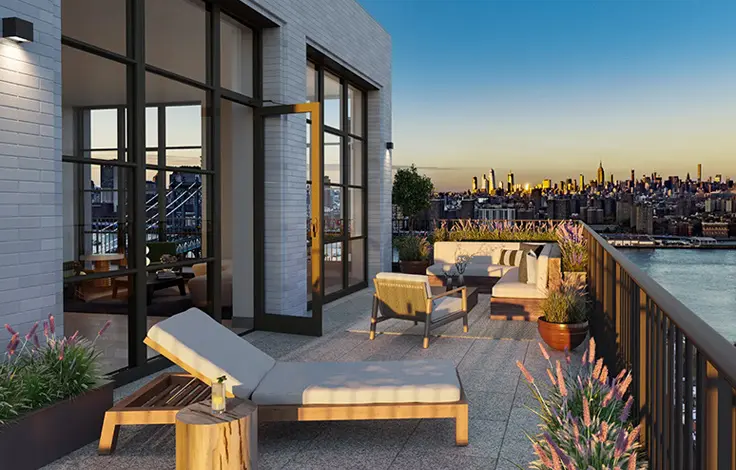
 6sqft delivers the latest on real estate, architecture, and design, straight from New York City.
6sqft delivers the latest on real estate, architecture, and design, straight from New York City.
